#Zeuxine
Text
0 notes
Photo
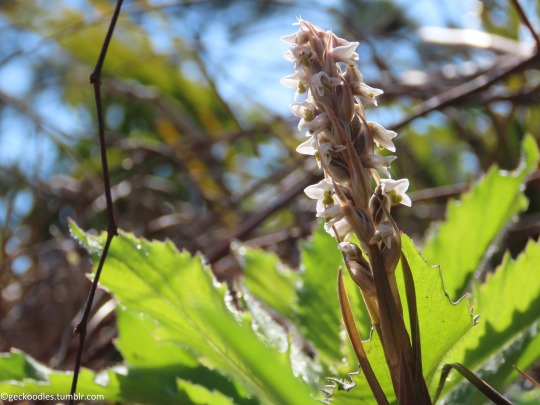
Soldier Orchid.
#;alezart#photography#nature photography#plant photography#flowers#orchids#soldier orchid#lawn orchid#Zeuxine strateumatica
4 notes
·
View notes
Text
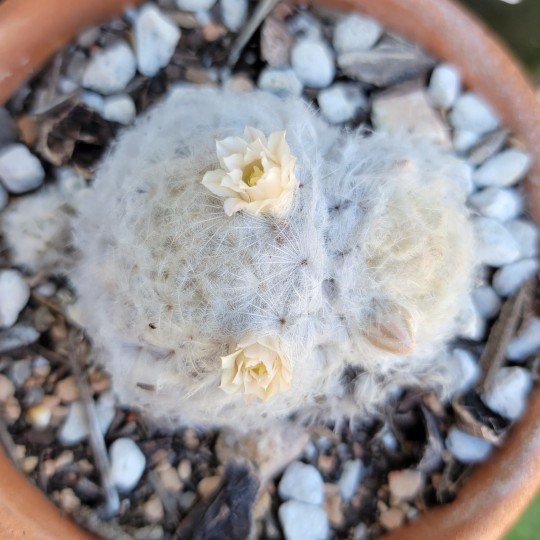
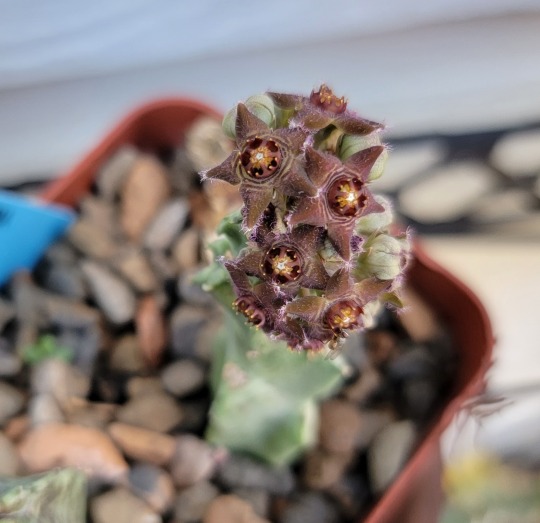

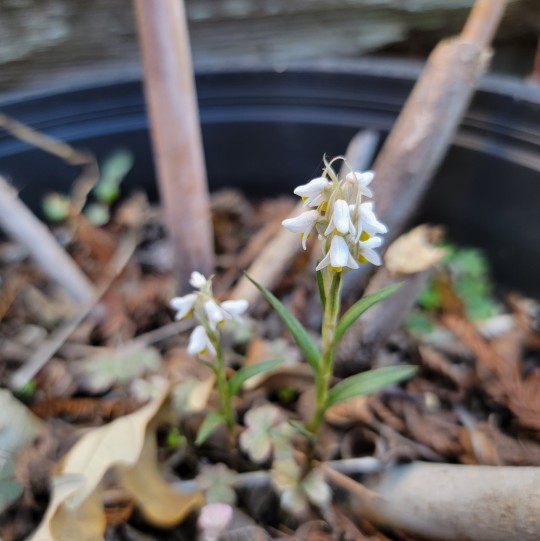

Mammillaria plumosa, Caralluma europaea, begonia 'Arabian Sunset', and lawn orchid (Zeuxine strateumatica).
34 notes
·
View notes
Photo

Carpinus caroliniana, an American Hornbeam, waking up a tad early. Defoliated, new soil top dressing. No work at the moment. The third pic is a soldier orchid, Zeuxine strateumatica, that volunteered itself in the pot. I couldn't pull it out it was so beautiful. #bonsai #bonsaitree #orchids (at Adam's Art and Bonsai Studio and Nursery) https://www.instagram.com/p/CY7cJwMPKXb/?utm_medium=tumblr
13 notes
·
View notes
Text
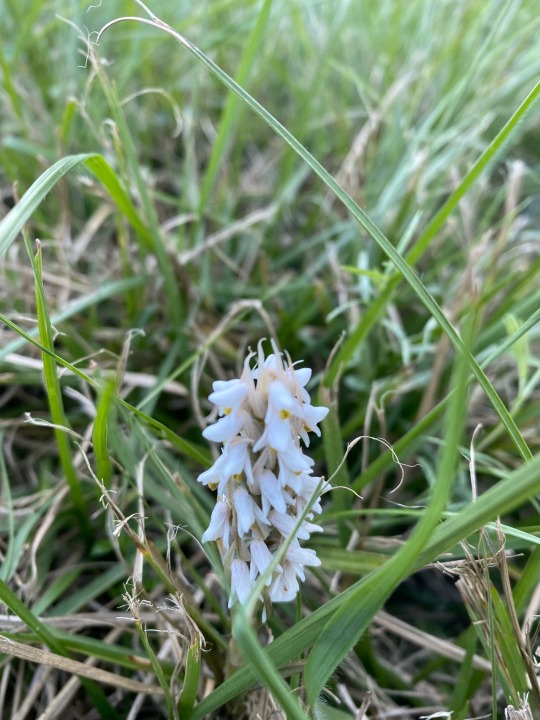
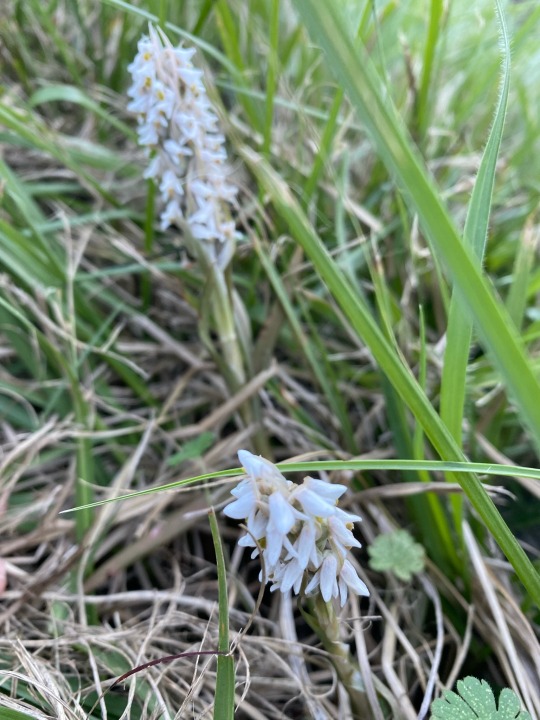
was hoping this little ground orchid I found on my walk was a native species, but instead it’s an export from China: Zeuxine strateumatica
2 notes
·
View notes
Text
The Lowly Lawn Orchid
A new year and a new orchid. It didn't take long for me to spot this little plant poking up between the succulent leaves of a potted aloe. My elation was short lived though. Alas, the sun was setting and I didn't have a flashlight or my camera. I was much luckier the next day. Actually, I shouldn't say lucky. This orchid isn't uncommon.
Meet the lawn orchid (Zeuxine strateumatica). Originally native to Asia, this species is expanding its range throughout many parts of the globe. Here in Florida, it was first discovered in 1936. There was a bit of confusion surrounding its origin on this continent, however, it is now believed that seeds arrived in a shipment of centipede-grass from China.
Since its premiere in Florida, the lawn orchid has since spread to Georgia, Alabama, and Texas. It seems to be quite tenacious, growing equally as well in lawns, floodplains, forests, meadows, and even sidewalk cracks! Despite this generalist habit, it does not seem to transplant well and is probably quite specific about its mycorrhizal partner. Much work needs to be done to sleuth out exactly why this little orchid has been able to spread so far outside of its native range.
Though small flies will visit the flowers, it is very likely that this orchid mostly self pollinates. It doesn't take long to flower and set seed. One plant can easily result in hundreds if not thousands of seedlings. After setting seed, the parent plant dies, however, it will often bud off new plantlets from its roots. Its ubiquitous nature can often stand in contrast to its ability to disappear for a series of time. Large stands that appear one year may not return for many years after. Still, in some areas this little orchid is abundant enough to be considered a nuisance.
Despite whatever feelings you may have towards this little plant, I nonetheless admire it. Its not often you find orchids so adaptable to a wide variety of conditions. At the very least it offers us insights into the success of plant invasions around the globe. And, in the end, its a nice looking little plant.
Further Reading: [1] [2]
25 notes
·
View notes
Text
zeuxine replied to your post: hELLO its celia im being sent by dagma...
HEY…

2 notes
·
View notes